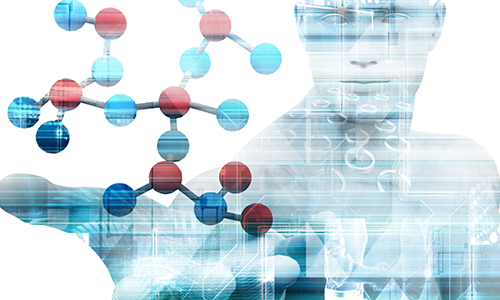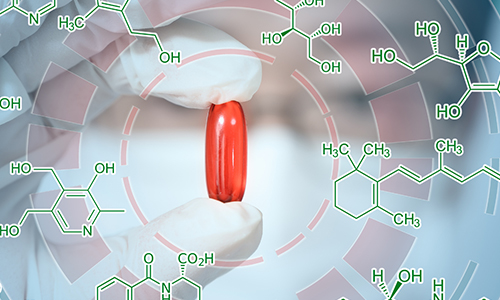Research Informatics & In Silico Drug Discovery
The vast amount of data generated during drug discovery, both internally and externally, demands that data informatics be at the forefront of the research process. At LAXAI, our research informatics department seamlessly integrates the disciplines of computational chemistry, bioinformatics, systems integration, data management, and support informatics to deliver cutting-edge in silico drug discovery solutions.
Our Computational Chemistry team excels in research informatics and in silico drug discovery design efforts in collaboration with medicinal chemistry, biology, and DMPK teams by conducting molecular modelling studies. The LAXAI team extensively utilizes in-house expertise in software development and chemo-curation to drive molecular designs. Our services include:
Pharmacophore Modelling: We offer pharmacophore modelling services that involve identifying the essential features or molecular properties required for a molecule to interact with a biological target and elicit a particular biological response. Our services include the screening of large databases of compounds to identify potential drug candidates as well as the optimization of the properties of existing drugs.
Quantitative Structure-Activity Relationship (QSAR) Modelling: We provide QSAR modelling services that use statistical and computational methods to relate the chemical structure of a molecule to its biological activity. Our team develops mathematical models that can predict the activity of a compound based on its structural features, such as its molecular weight, polarity, and other physicochemical properties. This allows us to optimize the activity of existing drugs, as well as design new compounds with specific biological activities.
Protein Structure-Based Drug Design: Our computational approach to protein structure-based drug design involves identifying the three-dimensional structure of a protein target and designing small molecules that can bind to specific regions of the protein and modulate its activity. We use techniques such as X-ray crystallography or NMR spectroscopy to determine the protein structure and develop compounds that can bind to it. This approach enables us to design highly specific drugs with enhanced efficacy and reduced side effects.
Ligand-Based Drug Design: Ligand-based drug design involves the use of known ligands or molecules that bind to the protein target of interest as a starting point for designing new compounds. This approach relies on computational methods, such as quantitative structure-activity relationship (QSAR) modelling, pharmacophore modelling, and virtual screening, to identify small molecules that have similar structural and/or physicochemical properties to the known ligands. The goal is to optimize the binding affinity and selectivity of the ligands, thereby improving their potency and reducing their side effects.
Fragment-Based Drug Design: This allows our researchers to identify small, simple compounds that can bind to a protein target and use these fragments as a starting point to design larger, more potent drug molecules with high affinity and selectivity. This can also reduce the time and cost required for drug development, as it allows researchers to focus on a smaller set of compounds that have a higher likelihood of success.
Homology Modelling: Our team utilizes homology modelling to study the function and interactions of proteins with other molecules. This approach guides the design of experiments to test the protein’s properties and aids in the development of effective drug discovery strategies.
Molecular Docking and Scoring: Our team utilizes this technique to identify potential drug candidates and optimize the binding affinity of existing drugs. This approach is widely used in the pharmaceutical industry to accelerate drug discovery.
Chemo-Informatics Analysis: Chemo-informatics analysis is a powerful tool for predicting the properties and behaviour of chemicals based on their molecular structures. Our team uses this approach to analyse large datasets of chemical structures and properties, identifying trends and patterns that can guide drug discovery and chemical research.
De novo designs: De novo design involves designing new molecules or materials from scratch using computer algorithms to generate novel structures that meet specific design criteria, such as desired biological activity, physical properties, or functionality. The goal is to create molecules or materials that have desired properties but do not exist in nature or have not been discovered yet. While significant progress has been made in recent years, de novo design remains a challenging and complex task, requiring significant computational resources and expertise in chemistry, biology, and computer science.




















